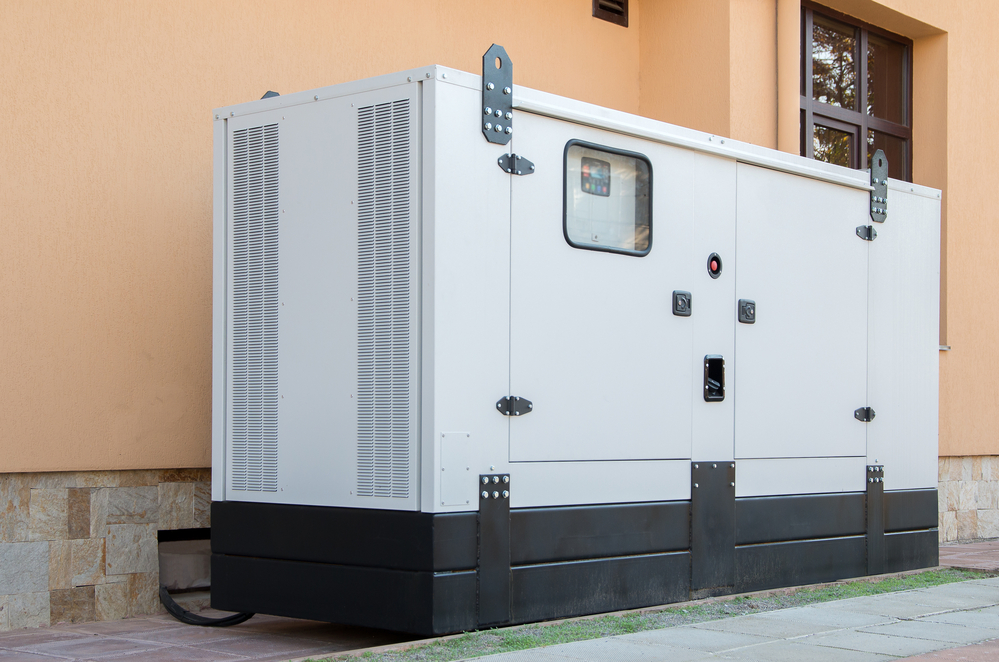A power grid fail as Texas had in 2021 is unlikely in Arizona. But utility companies warn us there soon may not be enough summer electricity to go around. Fears of blackouts and brownouts have prompted many Valley homeowners to invest in whole house generator installation.
What You Should Know About Whole House Generator Installation
According to Consumer Reports, a whole-house generator
properly installed by licensed and certified electricians
could raise your home’s value by 3% to 5%…
home appraisers found that the installation…
yielded a 150% return on investment.
Standby emergency generators add value to your home. But they can give you peace of mind, which is worth even more. If you have infants, elderly, or health-challenged family members, extreme heat or cold can pose a health threat. Whole house generator installation can save the day when unexpected power outages occur.
Here are 12 things to know about whole house generator installation this year:
- Standby generators can sense when your electricity has been interrupted. Within seconds, your generator powers up. When electricity is restored, it shuts off and returns to standby mode.
- A permit is required for whole house generator installation in Pima County. In Maricopa County, a permit is required for any electrical work that requires a GFCI-protected outlet. Licensed electricians must apply for these permits.
- DIY (do-it-yourself) whole house generator installation will likely void manufacturers’ warranties.
- If property damage occurs resulting from a DIY generator installation, your insurance can deny coverage.
- A concrete pad is necessary for generator placement. If you don’t have a suitable site, arrangements must be made to build one.
- If possible, a natural gas-powered generator is the best choice for an emergency generator. LP/diesel will require a safe storage container.
- Whole house generators are quieter than portable generators. In fact, some portable generators can violate community noise ordinances.
- Generators self-test regularly, but you need to run it about once a month and schedule fall and spring electrical maintenance.
- Size matters. If you want to buy a specific brand from a big box store, that’s fine, but if you buy the wrong size, it will cause more problems than you need. It’s best to discuss what size generator will best serve your home before you buy.
- After the unit has been set up and is ready to operate, your electrician will arrange for a local inspection to approve the installation.
- Whole house generator installation sometimes takes 1-3 days but can be completed in as few as four hours.
- The wait time for whole house generator installation averages 6-8 weeks. Several permanent generator systems that are highly rated and considered among the best by consumers are sometimes backlogged.
Portable generators offer short-term solutions. Plus, you must pick and choose which appliances to provide power. But whole house generators are an investment. Newer models offer:
- Fuel efficiency
- Higher-quality automotive-type engines
- Increased property value
- Less maintenance
- Liquid-cooled vs. air-cooled to manage longer operating times
- Measurable ROI (return on investment)
- More safety with fume-free operation
- Quieter operations
- Turn on automatically
- Uninterrupted, whole-house power management
Control Your Power With TIO Electric Generator Installation
Homeowners today want better control of their water and electrical usage. It’s not just about saving money, although that’s important. It’s about saving energy to ensure we give future generations a sustainable legacy.
Generator and transfer switch installations are among the many electrical services we offer our residential and commercial customers. If you need more information about whole house generator installation, contact Turn It On Electric.
___











